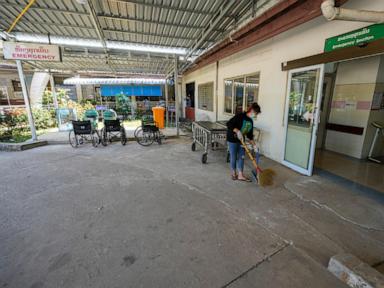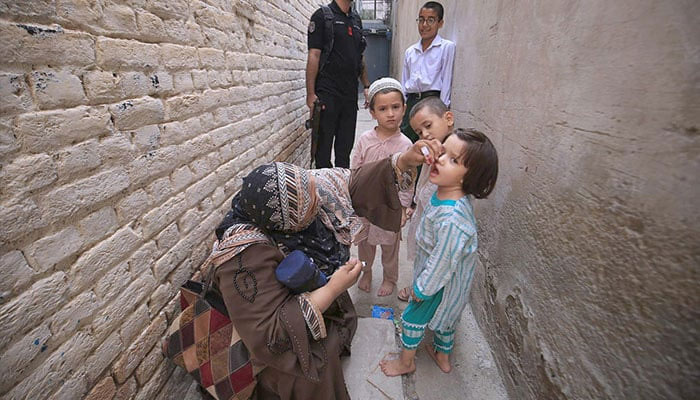
A new study from researchers at The University of Texas MD Anderson Cancer Center finds that, in healthy women, some breast cells that otherwise appear normal may contain chromosome abnormalities typically associated with invasive breast cancer. The findings question conventional thinking on the genetic origins of breast cancer, which could influence early cancer detection methods. The study, published today in Nature, discovered that at least 3% of normal cells from breast tissue in 49 healthy women contain a gain or loss of chromosomes, a condition known as aneuploidy, and that they expand and accumulate with age.
This poses questions for our understanding of "normal" tissues, according to principal investigator Nicholas Navin, Ph.D., chair of Systems Biology.
As researchers continue to develop earlier detection methods using molecular diagnostics along with ductal carcinoma in situ (DCIS) and biopsies, these findings pose a challenge and highlight the potential risk of identifying false positives, as the cells can mistakenly be confused with invasive breast cancer. A cancer researcher or oncologist seeing the genomic picture of these normal breast tissue cells would classify them as invasive breast cancer. We've always been taught that normal cells have 23 pairs of chromosomes, but that appears to be inaccurate because every healthy woman that we analyzed in our study had irregularities, bringing up the very provocative question about when cancer actually occurs.
" Nicholas Navin, Ph.D., Chair, Systems Biology, The University of Texas MD Anderson Cancer Center The study builds upon Navin's previous work on the Human Breast Cell Atlas, which profiled over 714,000 cells to generate a comprehensive genetic map of normal breast tissue at the cellular level.
For the current study, researchers examined samples from 49 healthy women without known disease who were undergoing breast reduction surgery. They investigated chromosomal copy number changes in normal breast tissues compared to clinical breast cancer data. Using single-cell sequencing and spatial mapping, the researchers specifically investigated breast epithelial cells.
Navin points out that epithelial cells, which line and cover the inside and outside of the body, are the cells that are believed to give rise to cancer. Related Stories New blood test detects early lung damage in cancer patients on targeted therapy Innovative urine test could improve pancreatic cancer survival rates AI-powered tool predicts gene activity in cancer cells from biopsy images The researchers reported that a median of 3.19% of the epithelial cells in these normal breast tissues were aneuploid and over 82.
67% had expanded copy number changes commonly found in invasive breast cancers. Interestingly, a woman's age correlated significantly with the frequency of aneuploid cells and number of copy number changes, with older women accumulating more of these cellular changes. The most frequent changes were additional copies of chromosome 1q and losses of chromosomes 10q,16q and 22, commonly found in invasive breast cancers.
Previous studies have identified specific genes in these regions that also are associated with breast cancer, according to Navin. The data reveal that these aneuploid cells represent both of the known cell lineages of the mammary gland, which have distinct gene signatures that can either be positive or negative for estrogen receptors (ERs). One lineage had copy number changes similar to ER-positive breast cancers, while the other appeared to have events consistent with ER-negative breast cancers, highlighting their potentially different origins.
Navin notes that this is a report about rare aneuploid cells found in the normal population and that further longitudinal studies are needed to identify which potential risk factors, if any, may lead to these cells becoming cancerous. Additionally, epithelial cells are found in many body systems, highlighting the possibility that these findings can translate to other organs. "It just shows that our bodies are imperfect in some ways, and we can generate these types of cells over our lifetime," Navin said.
"This has pretty big implications not just for the field of breast cancer, but potentially for multiple cancer types. This doesn't necessarily mean that everyone is walking around with precancer, but we need to think about ways to set up larger studies to understand the implications for developing cancer." This research was supported by the National Cancer Institute (RO1CA240526, RO1CA236864, 1R01CA234496, F30CA243419), the Cancer Prevention and Research Institute of Texas (CPRIT) Single Cell Genomics Center (RP180684), the American Cancer Society and the Rosalie B.
Hite Fund for Cancer Research Fellowship. A full list of acknowledgements, collaborating authors and their disclosures can be found here. The University of Texas MD Anderson Cancer Center Lin, Y.
, et al . (2024). Normal breast tissues harbour rare populations of aneuploid epithelial cells.
Nature . doi.org/10.
1038/s41586-024-08129-x ..














